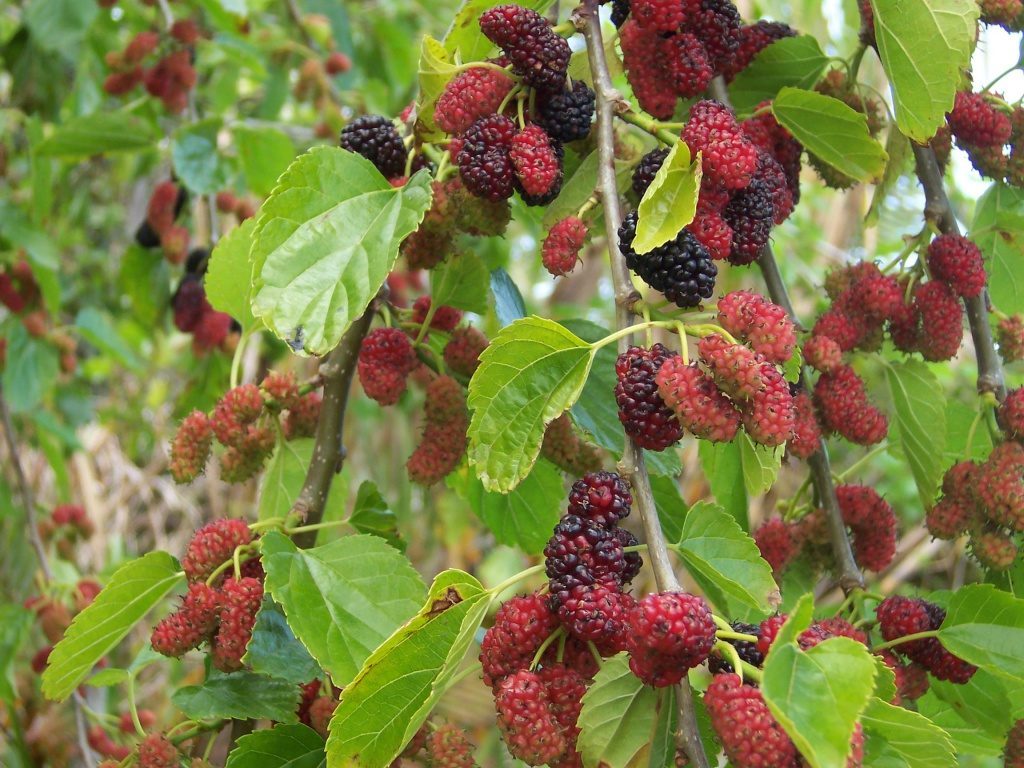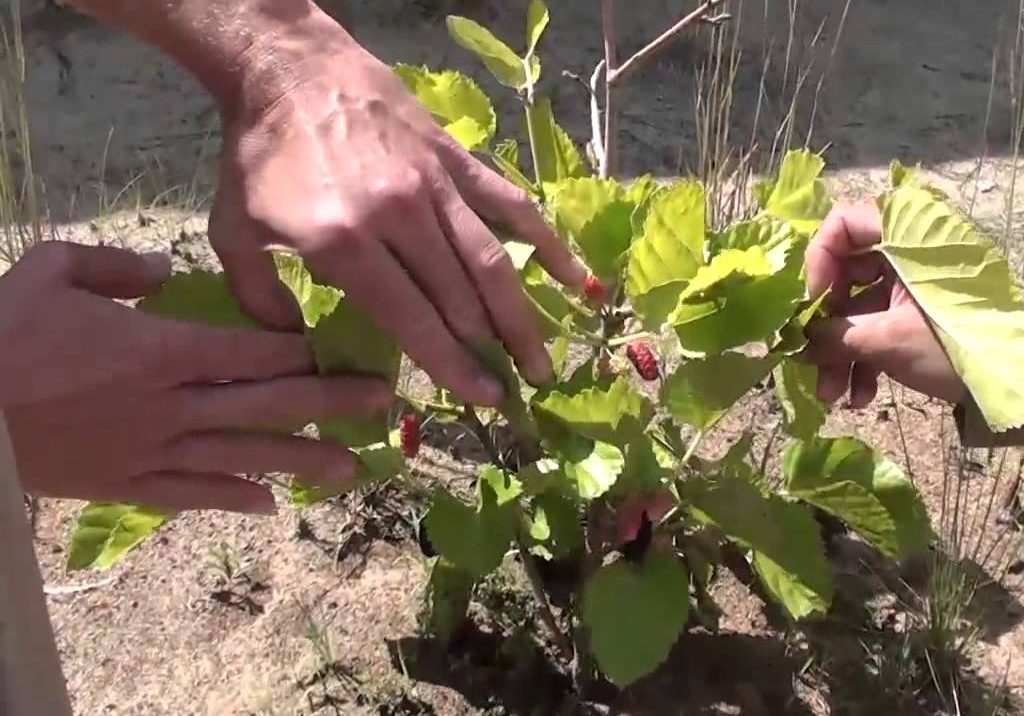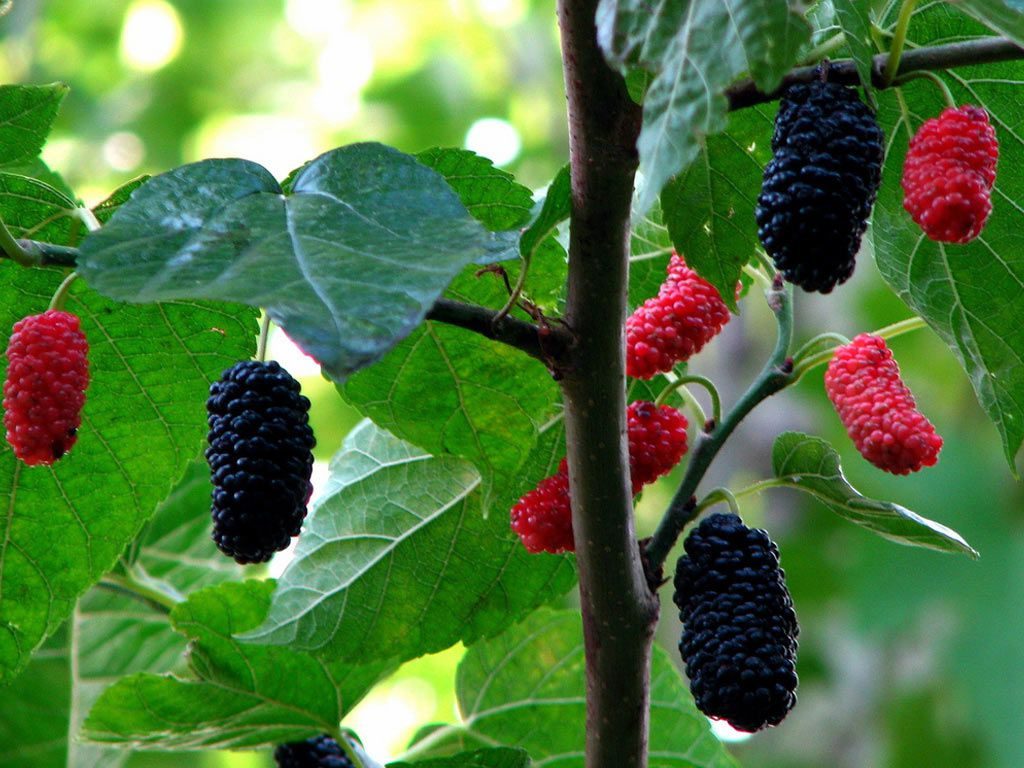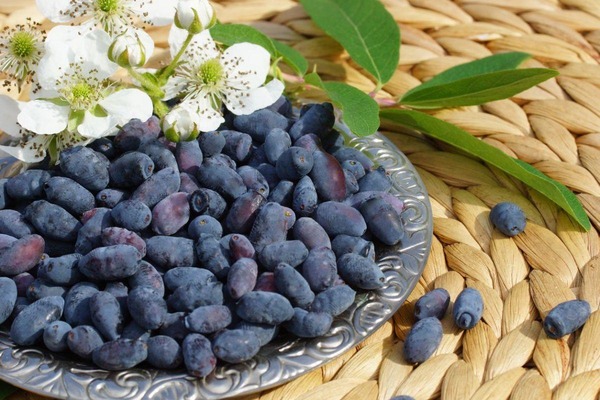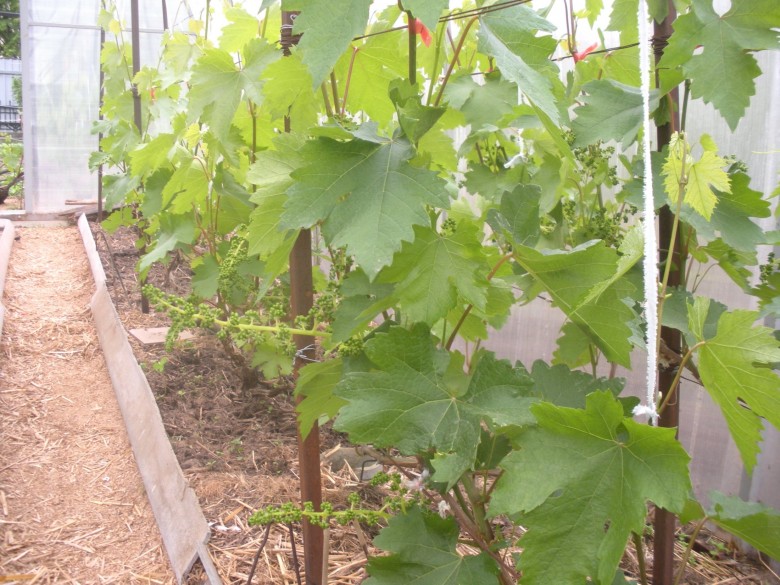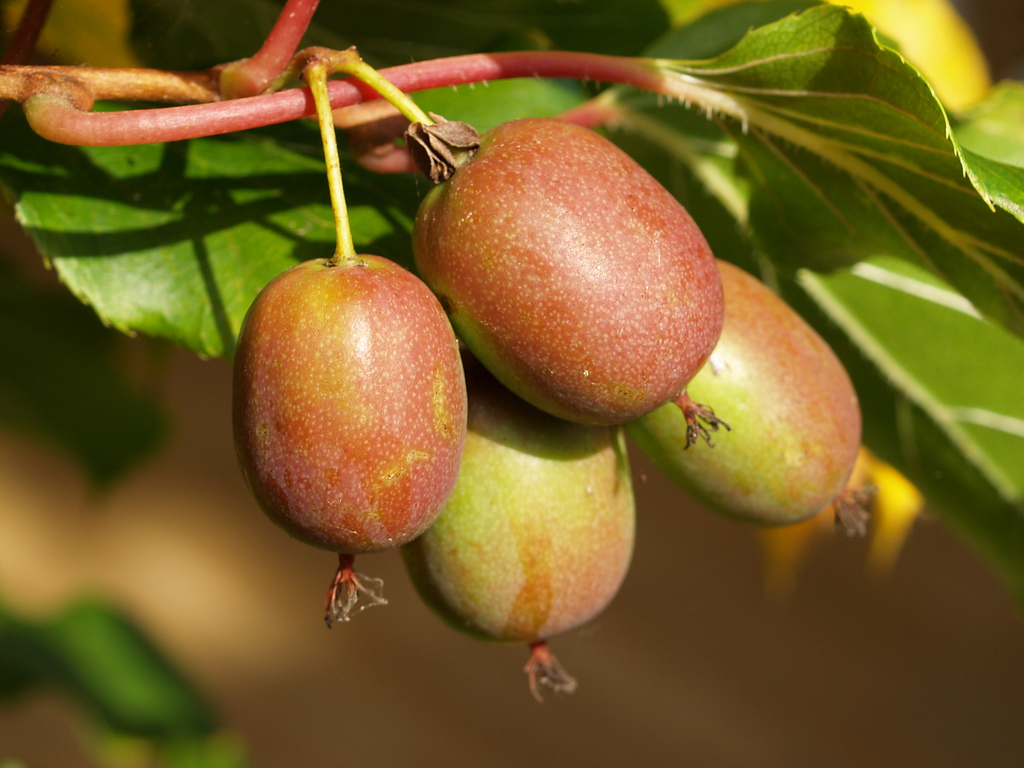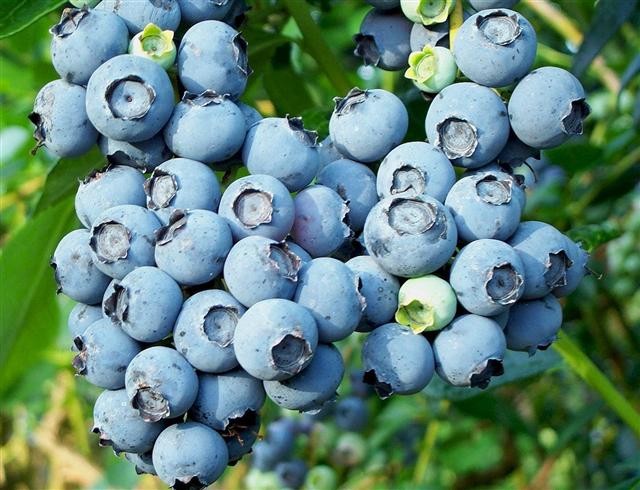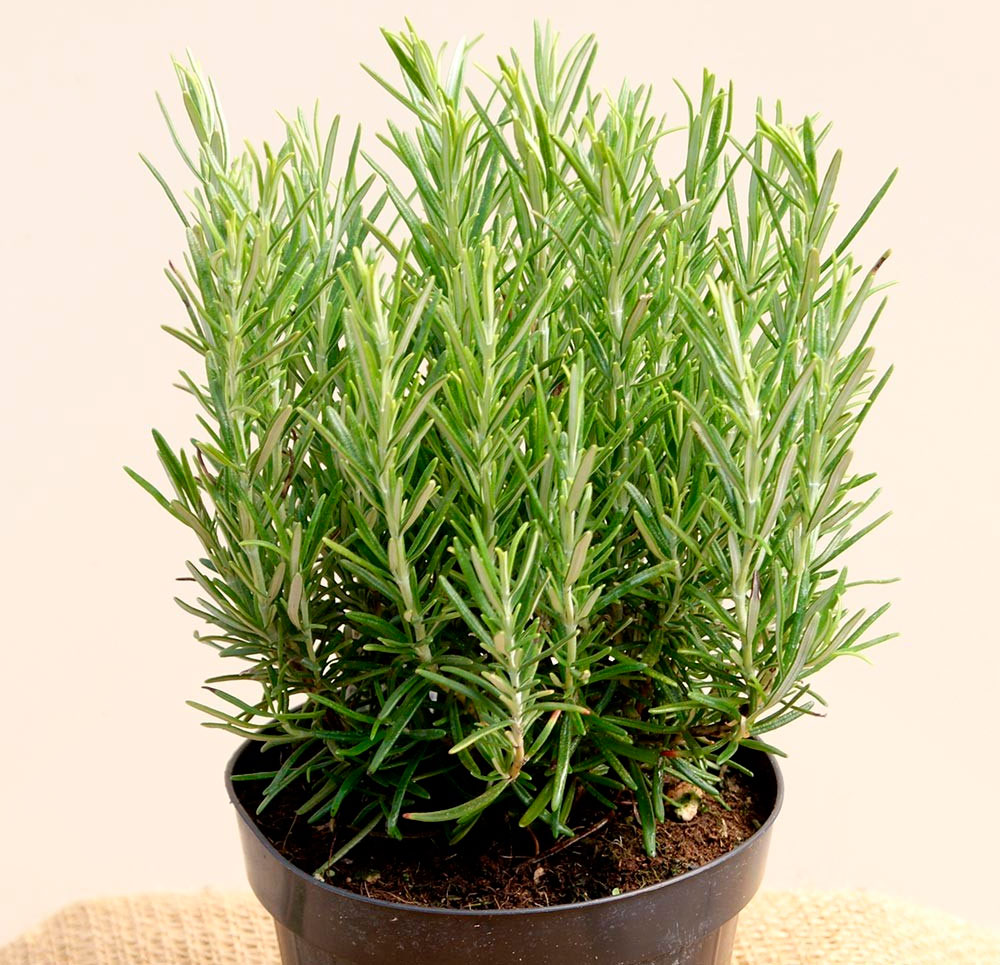Content:
Mulberry, or mulberry, is a popular plant that is most often found in southern Russia. Its dark or white fruits (outwardly very similar to blackberries) are valued by gardeners for their excellent taste and a huge amount of nutrients. Experts cannot accurately name the homeland of the mulberry. In the wild, it is found in different parts of the world - in South and North America, in the south of Europe, in East Asia. In Russia, it is best to cultivate this garden culture on the territory of the Southern Federal District. At the same time, good harvests can be obtained much further north. For example, recently mulberries have been successfully grown in the Moscow region.
An adult mulberry tree is a tall and powerful tree. Its height can vary, but usually at least 3-4 m. Some can grow up to 15 m in height. That is why it is advisable to plant seedlings of this garden culture away from other less tall plants. Otherwise, the rest in the garden will experience discomfort due to the proximity to the mulberry tree (they will not have enough sun, water and nutrients). The fruits of this plant are small: on average, their length is up to 3 cm. In the climatic conditions of the Moscow region, it is recommended to grow varieties of the white mulberry. The main advantage of this type of mulberry tree is its good winter hardiness. But trees with red and black fruits are best planted only in the south of Russia, since they suffer from cold and harsh winters, but at the same time they are drought-resistant.
Mulberry in the Moscow region: growing and care
The cultivation of mulberry trees in the capital region has its own characteristics. The climate of the Moscow region is far from favorable for this southern plant. Before breeding, it is first of all important to choose a variety that will not only grow well, but also give a generous harvest in the Moscow region.
Recently, breeders have bred several varieties of mulberry, well adapted for cultivation in the Moscow region.
- Vladimirskaya mulberry (red) has proven itself well. This is a tall and powerful tree that can grow up to 6 m. The crown of the plant is wide, giving many lateral shoots. The fruits of this variety are very sweet and aromatic, they have a dark purple color. The berries themselves are not very large, up to 3 cm in length. The main advantages of the variety are good winter hardiness and self-pollination.
- Another good variety for the Moscow region is the Black Baroness mulberry. The description of the variety says that the trees have an interesting and beautiful shape in the form of a ball. It grows well on any soil, even poor ones. However, for a larger yield, it is still recommended to fertilize the soil before planting, fill it with compost and mineral fertilizers. The fruits of the variety are larger - up to 4 cm in length. They are juicy, black. But they quickly deteriorate (it is recommended to store them no more than 12 hours). The main disadvantage of the variety is that the fruits cannot be transported over long distances. In addition, the Black Baroness cannot boast of good self-pollination, the variety is partly self-fertile. That is why, for a rich harvest, it is recommended to plant other pollinating varieties nearby.Moreover, this type of mulberry tree also has a huge advantage for cultivation in the Moscow region - it has a high degree of frost resistance.
- Mulberry Smuglyanka also grows well in the Moscow region. It is frost-resistant and adapted to the local climate. But the mulberry variety belongs to the white-fruited varieties. Primarily appreciated for good self-pollination. The trees are very tall and spreading. The berries themselves are not small in the variety - up to 4 cm in length. Fruiting constantly, without interruption. Yields are also abundant. It does not need additional pollinating varieties.
In addition, in the climate of the Moscow region, mulberries of the Ostryakovskaya variety, as well as White honey, Black Prince and Ukrainian, yield good yields. All of them withstand low temperatures in winter well, have high yields and are completely undemanding to soils.
Mulberry in the Moscow region: when and how to plant
Many garden crops in Moscow are best planted in the spring, and mulberry is no exception. Planting in spring allows the young plant to take root and adapt to local weather conditions over the summer. In the Moscow region, mulberry seedlings are planted in late April - early May, depending on the air temperature.
The mulberry tree is a powerful and tall plant, so for it you need to choose a sufficiently large and well-lit area in the garden. This horticultural crop is not very demanding on the soil, but it should not be planted on swampy ground. She also does not like groundwater located near the soil surface. Slopes or small hills are best suited for mulberries. It should be remembered that they must necessarily be southern.
A pit for planting mulberry seedlings should be prepared in advance. For spring planting, it is better to make a hole in the fall in October. The landing hole is made deep enough (by 50 cm), its width should be at least 60 cm. The upper fertile layer of the earth is left, and the lower one is removed. Instead, more nutritious soil (grass humus, compost, peat) is introduced into the pit. Be sure to add mineral fertilizers to the hole. You will need 50 g of urea, 100 g of superphosphate and 60 g of potassium. Fertilizers are well mixed with the soil.
It is advisable to plant a young tree in the conditions of Moscow and the region so that the root collar is deepened. However, you do not need to plant the plants very deeply either. It is enough for the root collar to protrude 5-7 cm. After planting, the young mulberry must be watered abundantly. Pour 2 buckets of water (20 l) on one plant. After that, the trunk circle is mulched. This will prevent rapid evaporation of moisture from the soil. Herbal humus, compost, peat, as well as sawdust, shavings or even soil can be used as mulch. It is also recommended to install a strong peg next to the tree, to which you need to tie up the planted seedling. This procedure will protect the plant from strong winds.
If it is not possible to plant a seedling in the spring, then when planting in the autumn period of the year, they must be mulched without fail. In this case, the layer of mulch should be thick, as this will keep the root system from low negative temperatures. During the autumn planting, the trunks of the seedlings are also protected from rodents. They are wrapped with solid material (mesh, roofing felt, pieces of linoleum).
How to care and how to fertilize
The first 2-3 years, like many other fruit trees and shrubs, do not need to be fed. During planting, mineral fertilizers were introduced into the pit, their young plant is just enough for several years of growth. However, it is the first years after planting that the seedlings should be watered abundantly.
For the first 3 years, young plants are watered once every 2 weeks. Pour 2-3 buckets of water for each plant. The plants must be watered before flowering (the mulberry tree begins to bloom in mid-May), immediately after flowering, after harvesting the fruits and abundantly at the end of the season - in early October. If it rains heavily, then no irrigation is carried out. But in a dry summer, the watering rate can increase to 5 buckets per tree.
From the fourth year, they begin to feed the mulberry tree. For good growth and fruiting, trees require at least 2 top dressing per season. The first time mulberry fertilization is applied in early spring. Mineral fertilizers should be scattered over the ice crust. During this time of the year (early spring and early summer), all plants require nitrogen. On 1 m² of soil, 40-50 g of urea (carbomide) are scattered.
Throughout the summer, the grass is mowed in the trunk circle. At the same time, it is not recommended to completely bare the soil under the trees. It will be good if it is turfed. In dry and hot weather, the turf will not allow moisture to evaporate quickly, and in the cold season it will serve as a "warm blanket" for the tree. It is also important to prepare the plant for wintering. This culture is southern and thermophilic, so it can die in severe winters.
How to prune and propagate
Mulberry is a tall plant. Therefore, many gardeners try to shape and shape it into a shrub in the early years. Mulberry pruning is done in early spring. It is necessary to carefully inspect the plantings and remove all dry, as well as suspicious branches. During sanitary pruning, diseased branches are also removed, since it is in them that pests hibernate. Such branches are taken out of the garden and burned. A mulberry tree in the Moscow region should also be formed in the spring. The stem of the plant is made up to 2 m high. This procedure will protect the plants from severe frosts and make it easier for gardeners to care for the crop.
You can propagate a mulberry tree yourself by grafting. However, this should be done exclusively at the beginning of summer (from June to the first half of July). It is during this period of the year that the culture is intensively growing shoots.
For cuttings, only shoots of the current year are selected. The twigs are divided into several cuttings so that each has a length of 15-20 cm. It is desirable that each cut has 5-7 buds. Finished cuttings are kept in a root solution for several hours, and then planted in fertile soil. It is important that the cuttings are not planted in the sun; areas with a lacy shade are better suited. It is also worth paying attention to the fact that there are 2 leaves on each layer, but they need to be cut in half.
The cuttings are watered abundantly and make sure that the soil does not dry out. With good watering, by the fall, the layers form a developed root system.
For the winter, young cuttings should be covered with straw or covered with other materials.
If you follow the recommendations above, then there should be no problems with planting a crop. It grows well not only in the south of the country, mulberry will bear fruit every year even in the suburbs, if the variety is selected correctly!
